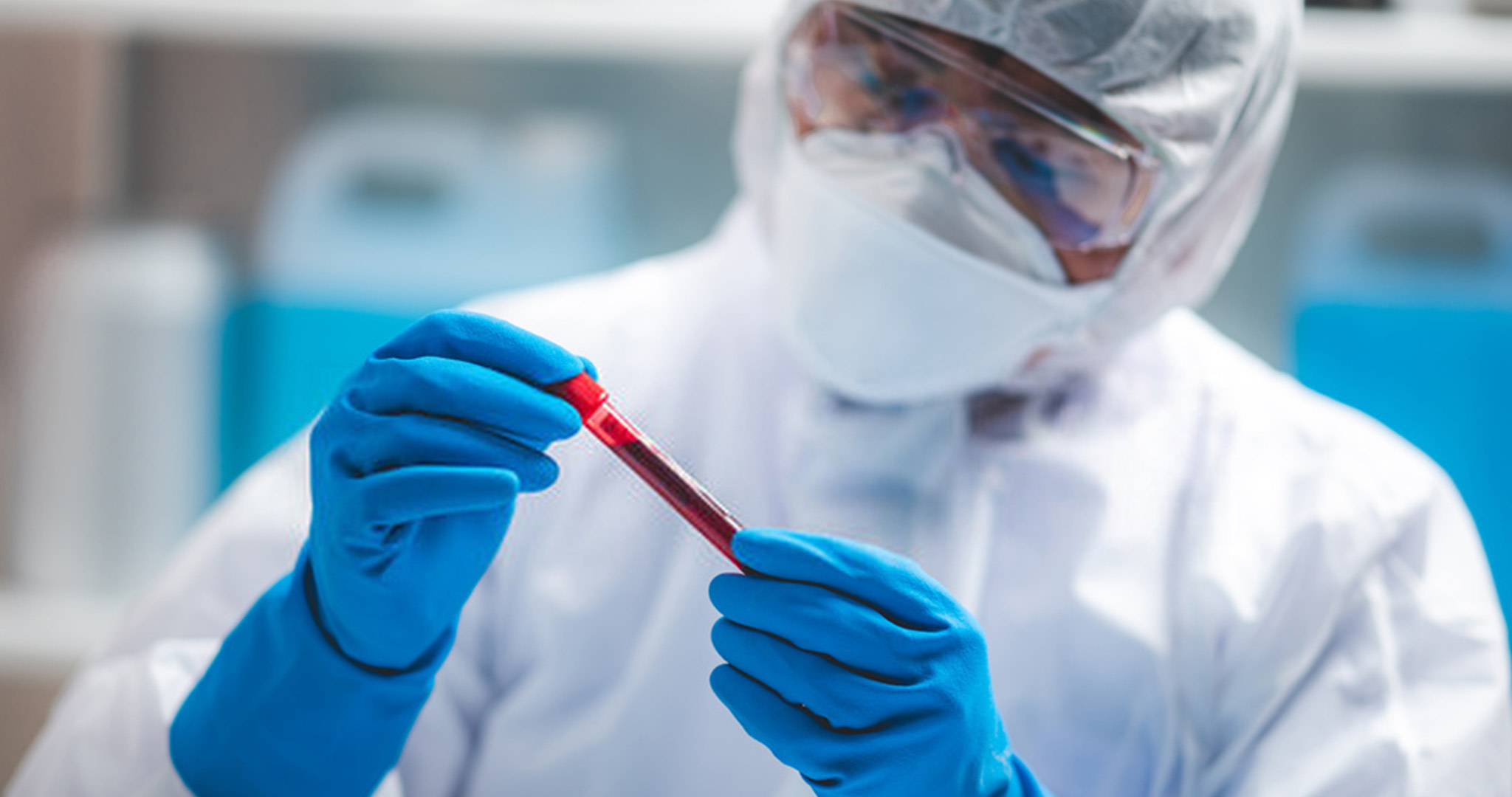Dra. Ruth Varela Valencia | CIF Project Manager
In December 2019, a pneumonia associated with SARS-CoV-2, known as COVID-19, emerged in Wuhan, China. The epidemic has spread rapidly around the world and has generated 3,204,705 confirmed cases, 227,847 deaths, 982,818 recoveries and chaos in the health systems of several countries.
Against this, different treatments and medications have been researched and tried, including remdesivir and lopinavir/ritonavir, which act at the DNA level. There is a group of researchers who bet on a technique that has existed for more than a century. It is therapy with convalescent plasma (CP, for its name in English Convalescent Plasma), a procedure that has been tested during other pandemics (SARS in 2003, H1N1 flu in 2009 and MERS in 2012) and that now a group of doctors is using to provide a hope to people who are at risk of dying from COVID-19.
Plasma is the liquid part of the blood, which contains water, salts, antibodies and other proteins that are usually used in therapies for people with immune system deficiencies, hemophilia or who have suffered trauma such as burns or bites from animals with rabies. The Zip, is collected from patients who have recovered from the new coronavirus disease, COVID-19 caused by the SARS-CoV-2 virus. Patients with COVID-19 develop antibodies in their blood against the virus, and antibodies are proteins that can help fight the infection.
The principle is to make plasma transfusions from the blood of those who have already recovered from the disease to patients who are fighting against it to stimulate their ability to fight the virus, by using the antibodies that have already defeated the virus, generated in another person. A meta-analysis of 32 studies of SARS coronavirus infection and severe influenza showed a statistically significant reduction in the pooled odds of mortality after CP therapy, compared with placebo or no therapy ≪odds ratio, 0.25; 95% confidence interval, 0.14–0.45≫ (Lippi and Plebani, 2020). Given the virological and clinical characteristics shared by SARS, Middle East Respiratory Syndrome (MERS) and COVID-19, CP therapy could be a promising treatment option for the rescue of COVID-19.
Due to the above, several government agencies have authorized this therapy. The United States Food and Drug Administration (FDA) considers convalescent plasma to be a “promising” treatment and has already authorized its use in COVID-19 patients who face “severe or immediate threats to their health.” life”. The European Commission summoned the competent health authorities in blood and blood components to work on a common program for the European Union on the collection and transfusion of convalescent plasma from COVID-19. In Mexico, the National Center for Blood Transfusion based on the provisions of article 42 of the Internal Regulations of the Ministry of Health in collaboration with the Federal Commission for the Protection against Sanitary Risks, issues the document “GUIDELINES FOR THE OBTAINING, PROCESSING AND USE OF CONVALESCENT PLASMA FROM DONORS RECOVERED FROM SARS-COV-2 INFECTION FOR THERAPEUTIC USE IN A RESEARCH PROTOCOL”, published on April 20, 2020.
This document establishes all the guidelines to which the establishments where the research is carried out, as well as the blood banks involved, must adhere to, this to affirm the safety of blood samples (disposition) of patients already recovered from COVID-19 and ensure that the criteria for the execution of research projects for health in human beings are met. Patients who have recovered from COVID-19 with a group of highly neutralizing antibodies can be a valuable source of PC donors, for the correct installation and operation of pharmacovigilance, it is requested that clinical research protocols have the relevant opinions of the Committees (Research Ethics Committee, Research Committee, and the Biosafety Committee letter),
One of the most important points in this type of research is the specific informed consent, which must indicate all the benefits and risks for the participants, both for the convalescent plasma donor and for the plasma recipient. It is important to mention that before a donor is incorporated into this type of study, there must be evidence that they have anti-SARS-CoV-2 antibodies. The National Center for Blood Transfusion (CNTS) issued a technical guideline for the selection and deferral of donors in Mexico, in relation to COVID-19 and other acute respiratory infections, this guideline must be followed in research protocols related to COVID -19 and convalescent plasma.
Although there is still no completely effective treatment to treat COVID-19 patients, it can be seen that measures and actions are being taken to deal with this disease and this convalescent plasma therapy may be a good option for patients in serious conditions to be able to face COVID-19.
REFERENCES
- Federal Commission for the Protection against Sanitary Risks. (2020) Technical guideline for research protocols related to the therapeutic use of plasma, Taken from: https://www.gob.mx/cofepris/articulos/lineamiento-tecnico-para-protocolos-de-investigacion-relacionales-al-uso -plasma-therapeutic?state=published
- European Center for Disease Prevention and Control. (2020) Coronavirus disease – 2019 (COVID-19) and supply of substances of human origin in EU/EEA – first update. Taken from https://www.ecdc.europa.eu/sites/default/files/documents/COVID%2019-supply-substances-human-origin-first-update.pdf
- Lippi, G and Plebani, M. (2020) Procalcitonin in patients with severe coronavirus disease 2019 (COVID-19): A meta-analysis. Clinica Chimica Acta, June 2020, vol. 508, p. 190-191. Taken from http://dx.doi.org/10.1016/j.cca.2020.03.004
- National Center for Blood Transfusion. (2020) Approach recommendations to address the COVID-19 virus pandemic. In Covid-19 in blood services. Taken from https://www.gob.mx/cnts/documentos/recomendaciones-de-abordaje-para-atender-la-pandemia-de-virus-covid-19-en-los-servicios-de-sangre?idiom= is World Health Organization. (2020) Maintaining a safe and adequate blood supply during the pandemic outbreak of coronavirus disease, Retrieved from https://www.who.int/publications-detail/maintaining-asafe-and-adequate-blood-supply-during-the- pandemic-outbreak-of-coronavirus-disease-(covid-19)




